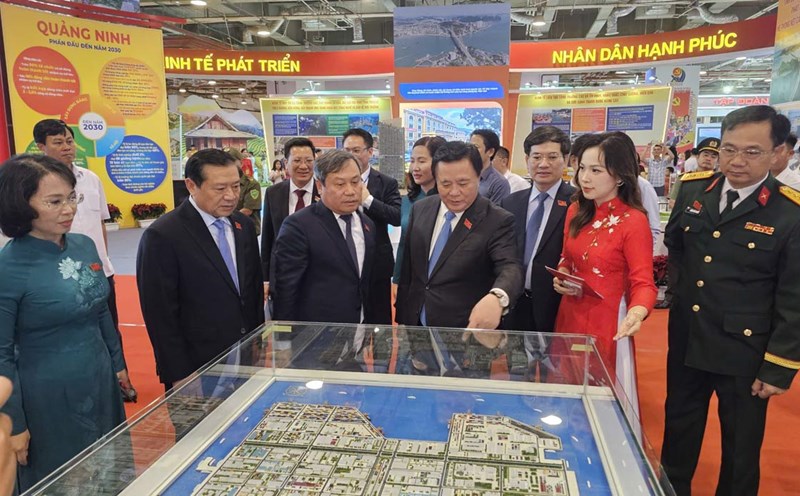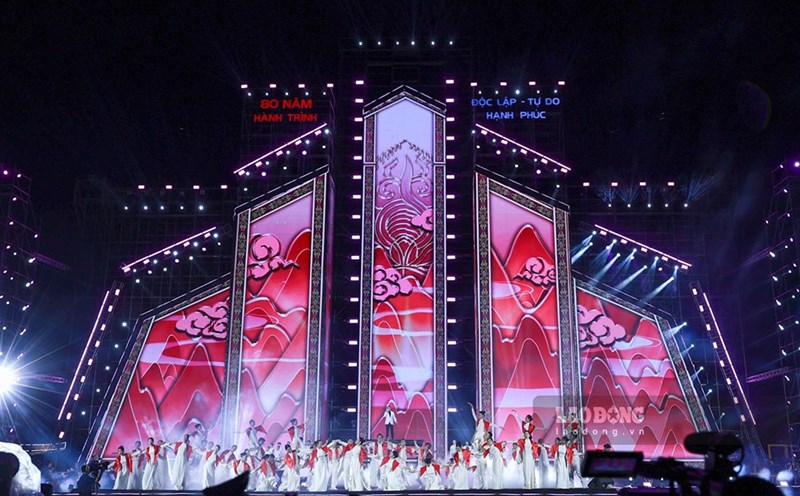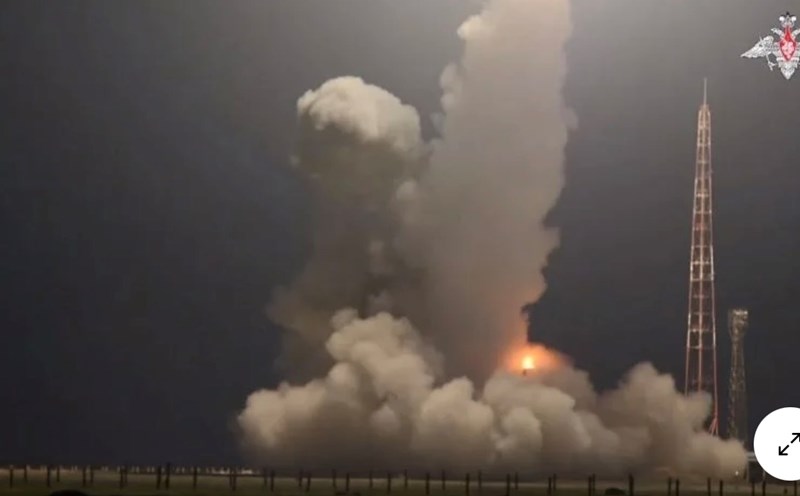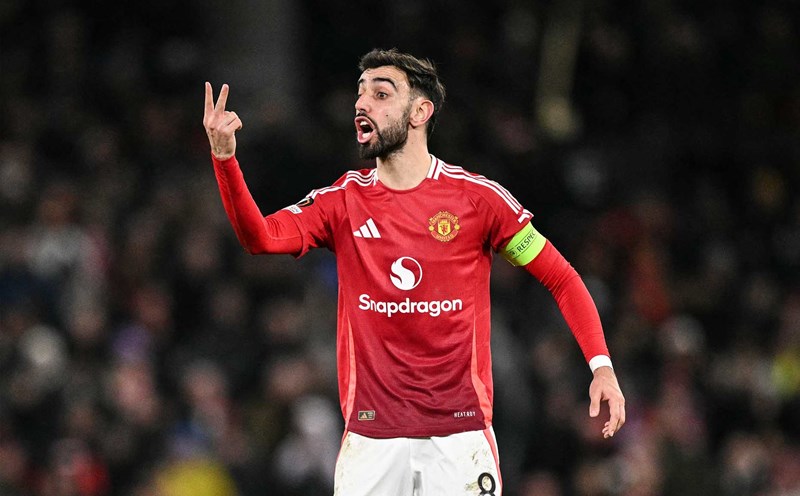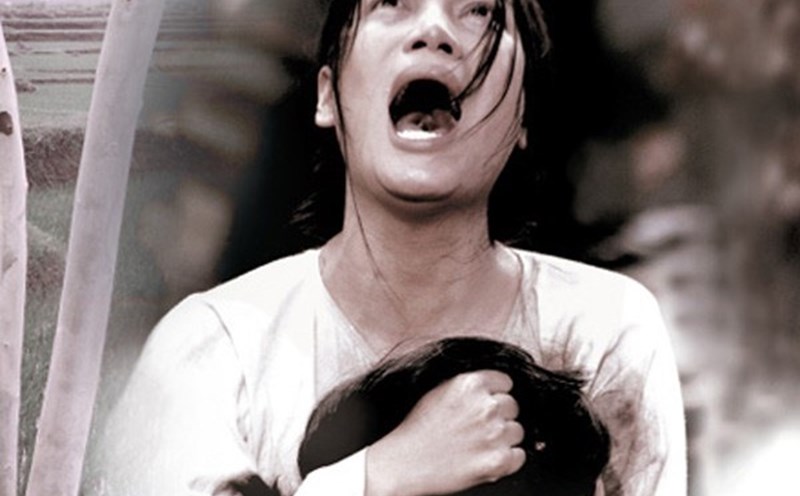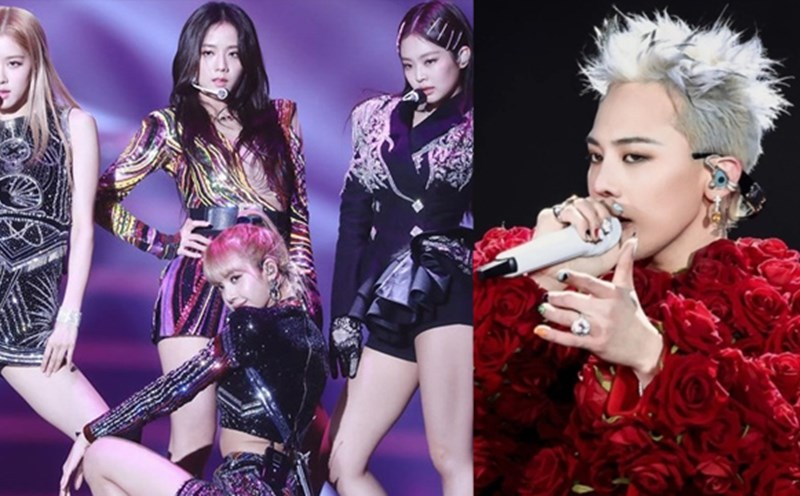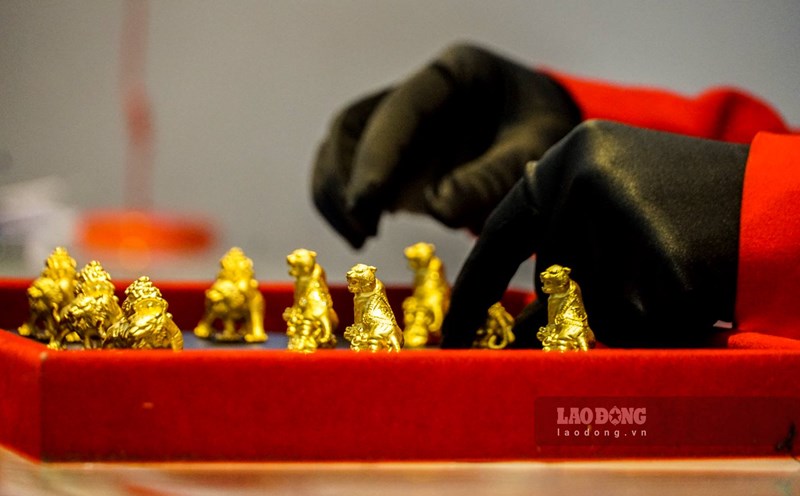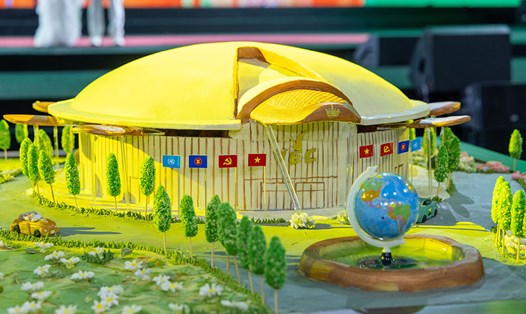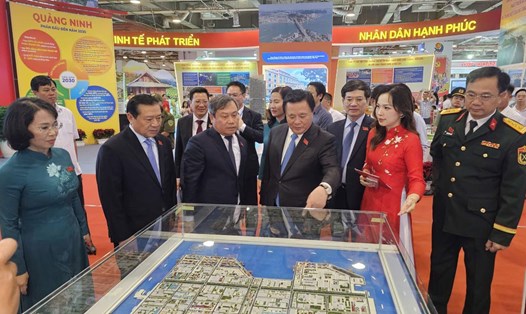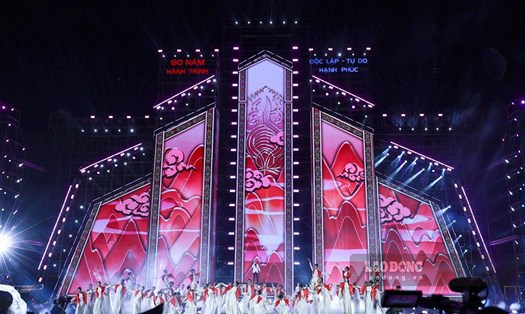"Memories of Cities" is the opening exhibition for the International Biennale of photography Photo Hanoi '25, curated by artist Nguyen The Son. The event opened on November 1 and lasted until the end of the month at the 22 Hang Buom Cultural and Artistic Center - which was once the Quang Dong quan Festival, bearing a strong historical imprint.
The exhibition brings together 30 talented photographers and visual artists from Vietnam and internationally. Inspired by the idea that each city is an ever-changing living being, the works delve into the way collective memories are formed and nurtured by the flow of time.
Continuing "Hanoi - A city" in photography from Photo Hanoi "23, the exhibition raises the question: Can memories and nostalgia be factors that shape the identity of a place? Through the lenses of artists, urban spaces, from familiar to strange, appear as living memories, affirming the power of photography in evoking emotions and reviving things that belong to the past.
Memories of Cities does not stop at looking back at the past, but also inspires each person to continue writing their own memories of the place they cherish.
Also within the framework of Photo Hanoi 25, the exhibition Pratting photography of young artists curated by photographer Nguyen The Son will bring a special exhibition exclusively for young students pursuing photography practice. The exhibition brings together works selected from art photography courses that he has directly taught over the years. Most of them are bold experiments with photography materials from students majoring in fine arts, design and from the art photography department of the School of Interdisciplinary Sciences and Arts, Vietnam National University, Hanoi.
With the desire to expand the perspective on the role of photography in Vietnamese contemporary art, the exhibition not only encourages young artists to explore and develop their own visual language, but also suggests the potential for applying photography in personal artistic practices. This is also an invitation to innovation, creativity and freedom of experience in the context of photography increasingly integrating deeply into contemporary artistic life.
25 young artists will be introduced at the exhibition, representing a creative generation with rich and flexible approaches in using photography as a means of expression. From unique perspectives, viewers will be guided to explore the diversity of photography - not only as a tool for recording images, but also as a profound and suggestive artistic language.
The exhibition "Practice photography by young artists" was held at 40 Lan Ong, from November 1 to November 30.
Also in November, photography lovers will have the opportunity to contemplate the historical flow of the city through the exhibition "Croaches: Geographical dialogue" at 46 Hang Bai.
The faces of artists Nguyen The Son and Tran Huy Anh evoke images of the surrounding areas, not only of the intersection, but also of the flow of urban history and of the way we look at the city.
For many years, besides large-scale public art projects, photographer Nguyen The Son has persistently pursued a creative flow revolving around the transformation of landscape and urban memories as a private art experience. He has been using photography to record signs, facades, and houses, which can be considered the silent traces of Vietnamese urban life.
Master Pham Minh Quan - Deputy Director of the Institute of Humanities, Lecturer of the Faculty of Arts and Design, commented that the relief photography works of artist The Son are transparent mica boxes, a space that allows images and memories to intertwine. The light passes through laser engravings, reflecting on the photo background as if waking up a deep hidden layer of the past. The spatial structure of each photo is no longer flat, but has a material depth like the slides of the ground floor, causing the past and present to overlap and slide on top of each other.

If artist Nguyen The Son looks at the city with the eyes of a storyteller, Tran Huy Anh approaches it with the intuition of an architect who is always concerned about the need to " guard" the city. He integrates the use of architectural motifs, landscape painting, French planning map analysis, and aerial space photography to restore the original shape of deformed or missing houses. It would be a misconception to consider 3D graphic drawings in the project as just a technical tool for reference. They are completely capable of becoming independent visual works, where data, memory and aesthetics are in parallel. Moreover, they open up the ability to read the city as a body, in which each structure, no matter how small, still contains its own historical blood vessels.
The intersections are a dialogue about ourselves, people living between overlapping layers of memories, between preservation and development, between preservation and forgetting. At each intersection, we are forced to choose: what to keep, and accept losing something so that the city can continue to campaign. In an era where the urban area is becoming increasingly un human, constantly endangering danger becoming a universal, flat urban area, listening to small stories, about an old tiled roof, an obscured street corner, or a villa that once shone, is the way for us to reconnect with the humanistic urban area.
Photo Hanoi is organized according to the Biennale model - an art festival held every two years, initiated and coordinated by the French Institute in Vietnam since 2021. With the sponsorship of the Hanoi People's Committee, the French Institute in Vietnam and the Hanoi Department of Culture and Sports jointly organized the International Biennale of photography Photo Hanoi 25 with the support of UNESCO and a network of domestic and international partners, contributing to positioning Hanoi as an attractive destination for domestic and international photography lovers.

